- Home
- Articles
- Architectural Portfolio
- Architectral Presentation
- Inspirational Stories
- Architecture News
- Visualization
- BIM Industry
- Facade Design
- Parametric Design
- Career
- Landscape Architecture
- Construction
- Artificial Intelligence
- Sketching
- Design Softwares
- Diagrams
- Writing
- Architectural Tips
- Sustainability
- Courses
- Concept
- Technology
- History & Heritage
- Future of Architecture
- Guides & How-To
- Art & Culture
- Projects
- Interior Design
- Competitions
- Jobs
- Store
- Tools
- More
- Home
- Articles
- Architectural Portfolio
- Architectral Presentation
- Inspirational Stories
- Architecture News
- Visualization
- BIM Industry
- Facade Design
- Parametric Design
- Career
- Landscape Architecture
- Construction
- Artificial Intelligence
- Sketching
- Design Softwares
- Diagrams
- Writing
- Architectural Tips
- Sustainability
- Courses
- Concept
- Technology
- History & Heritage
- Future of Architecture
- Guides & How-To
- Art & Culture
- Projects
- Interior Design
- Competitions
- Jobs
- Store
- Tools
- More
Nature’s Embrace: Integrating Pergolas with Landscaping for Enhanced Outdoor Living Spaces

Integrating pergolas into landscape design brings a unique blend of functionality and beauty. Pergolas, the outdoor structures that provide partial shelter and define a space, serve as a focal point in gardens and backyards. They have a rich history, originating from the gardens of Renaissance Italy, and have evolved over time to suit various styles and climates. Today’s pergolas come in different materials including wood, metal, and even vinyl, lending themselves to a myriad of design possibilities.
Landscaping with pergolas is not just about placing a structure in the midst of a garden. It’s about creating harmony between the built environment and the natural world. When thoughtfully integrated, a pergola can enhance the existing flora and provide a new habitat for plants to thrive. Climbing plants like wisteria, roses, or ivy add a vertical dimension to gardens and can transform the wooden or metal beams of a pergola into lush, green archways.
The true art of blending pergolas with landscaping lies in the careful consideration of location, material, and plant choice. A well-placed pergola can offer shade where needed or frame a stunning view. The choice of material should complement the house and garden style, whether it’s a rustic wooden structure that ages with grace or a sleek metal framework for a more modern touch. The right plants can either soften the hard lines of the pergola or enhance its architectural presence, leading to a balanced and inviting outdoor space. Discover the diverse selections available at backyardoas.com and select the perfect pergola for your needs.

Table of Contents
ToggleThe Fundamentals of Pergola Integration
Integrating a pergola into landscaping requires an understanding of its structure, design principles, and its purpose within an outdoor space.
Understanding Pergola Structures
A pergola is a garden feature forming a shaded walkway or sitting area with vertical posts supporting cross-beams and an open lattice. Materials often include wood, metal, or vinyl, each with distinct advantages. Wood offers a traditional look, metal provides durability, and vinyl demands minimal maintenance.
Shapes and Sizes:
- Square
- Rectangular
- Circular
Features:
- Roofing options: slatted or solid
- Attachments: freestanding or attached to buildings
Landscape Design Principles
Effective landscape design balances aesthetics with functionality. Main components include:
- Unity: Cohesion between pergola style and the garden’s overall theme.
- Balance: Equal visual weight throughout the garden, either symmetrical or asymmetrical.
- Proportion: Sizing the pergola to complement surrounding plants and structures.
- Rhythm: Creating visual flow, leading the eye through the landscape.
Color and Texture: Use contrasting elements for visual interest but ensure they harmonize with the existing yard.
The Role of Pergolas in Landscaping
Pergolas are versatile and serve several functions:
- Creation of outdoor rooms: They define different areas for dining or relaxation.
- Shade provision: With proper placement, they offer a comfortable retreat on sunny days.
- Support for plant life: Climbing plants and vines can be trained up their structures, adding greenery and helping blend the pergola with its natural surroundings.
Seasonal Considerations: Pergolas can be adapted for year-round use with the addition of retractable covers, heating elements, or enclosures.
Practical Integration Techniques
Integrating pergolas into a landscape requires thought about materials, plants, water features, design, and lighting. Each aspect contributes to the beauty and functionality of the outdoor space.
Selecting Materials and Plants
- Materials: Choose weather-resistant woods like cedar or options like vinyl and metal for longevity.
- Plants: Opt for climbing plants such as clematis or wisteria that complement the pergola’s structure and provide shade.
Incorporating Pergolas with Water Features
- Location: Place the pergola near ponds or fountains to create a comfortable, cohesive retreat.
- Design: Ensure the pergola’s style matches the water feature, using similar materials and colors.
Enhancing Usability with Functional Design
- Seating: Add benches or swings under the pergola for relaxation.
- Tables: Include tables for outdoor dining or socializing.
Lighting and Accessory Considerations
- Lighting: Install LED string lights or solar fixtures for ambiance and visibility.
- Accessories: Hang planters or install shelves for decorative items or gardening tools.
illustrarch is your daily dose of architecture. Leading community designed for all lovers of illustration and #drawing.
Submit your architectural projects
Follow these steps for submission your project. Submission FormLatest Posts
Are Organic Bamboo Sheets Worth the Investment?
When it comes to getting a good night’s sleep, the quality of...
A Beginner’s Guide to Architectural Details
Architectural details explained for beginners: clear terms, key joints, proportions, climate-smart specs,...
5 Must-Visit Structures by Norman Foster
Explore five must-visit structures by Norman Foster, showcasing iconic works that combine...
What Are The Benefits Of Professional Painting For Homes?
Fresh paint does more than change color on a wall. It protects...




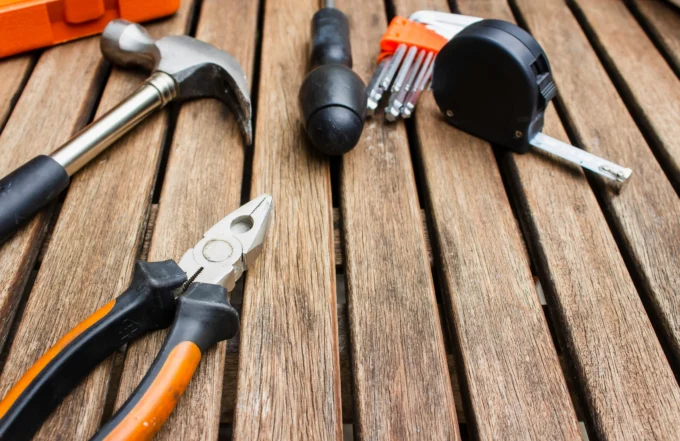


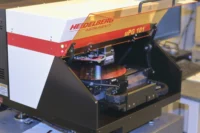
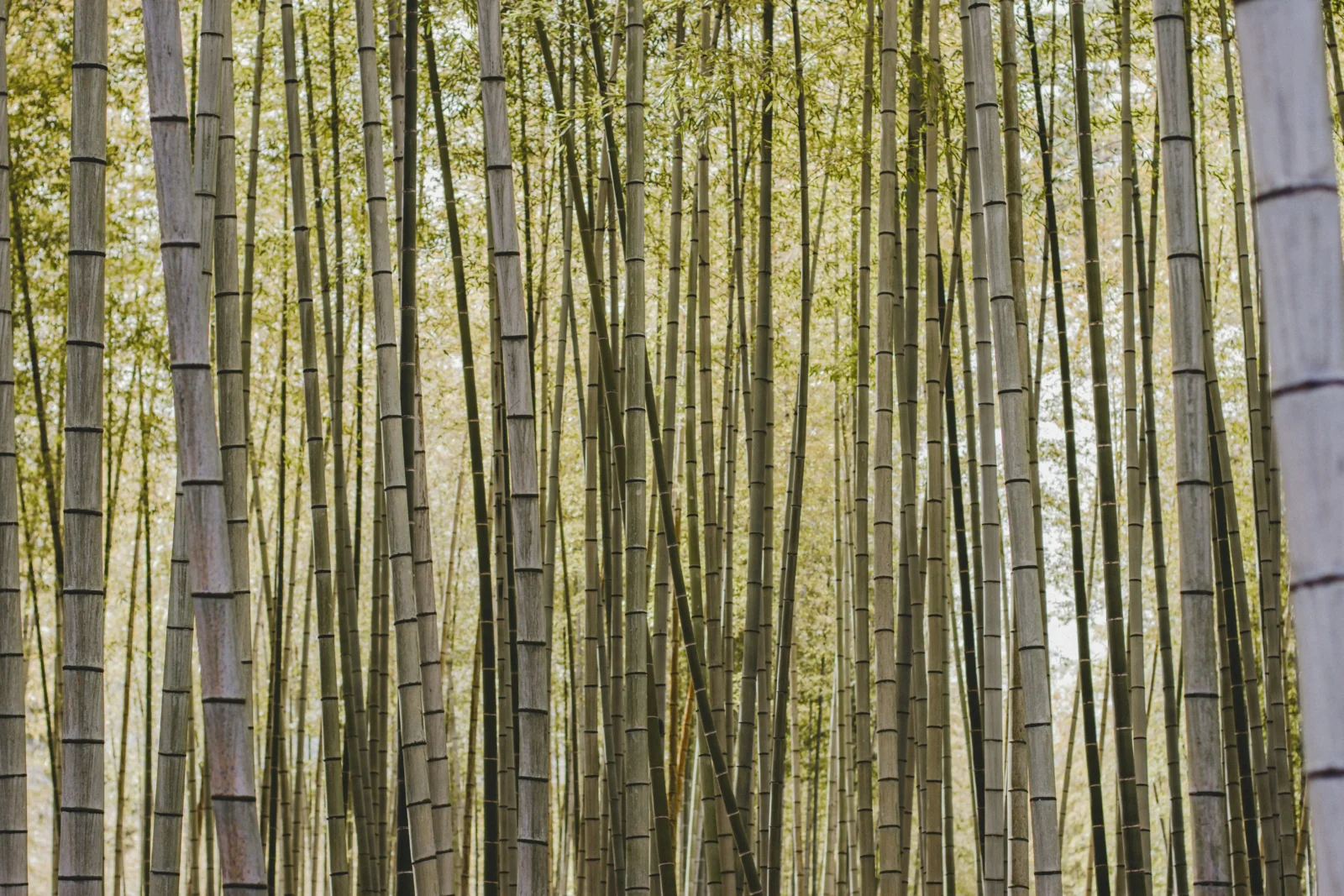
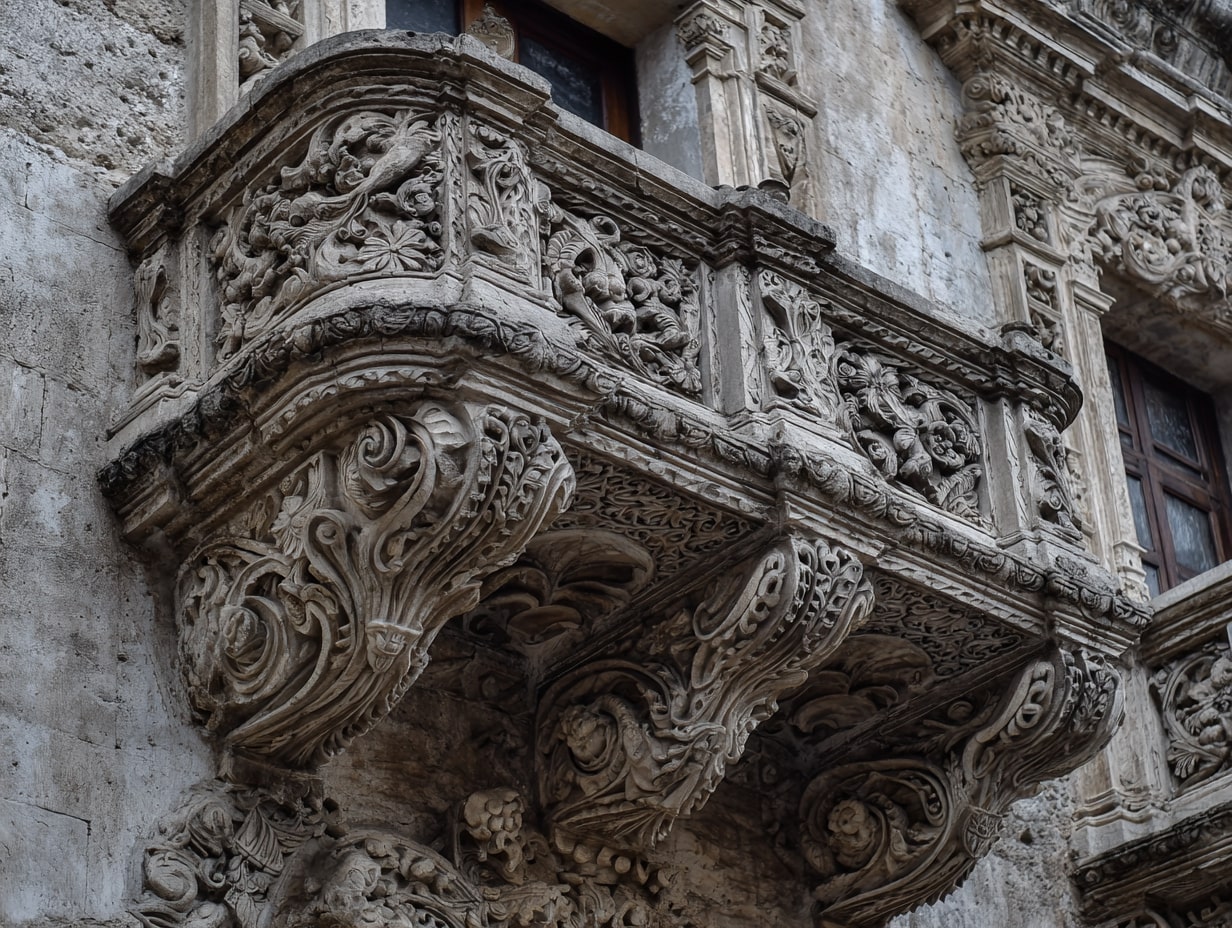

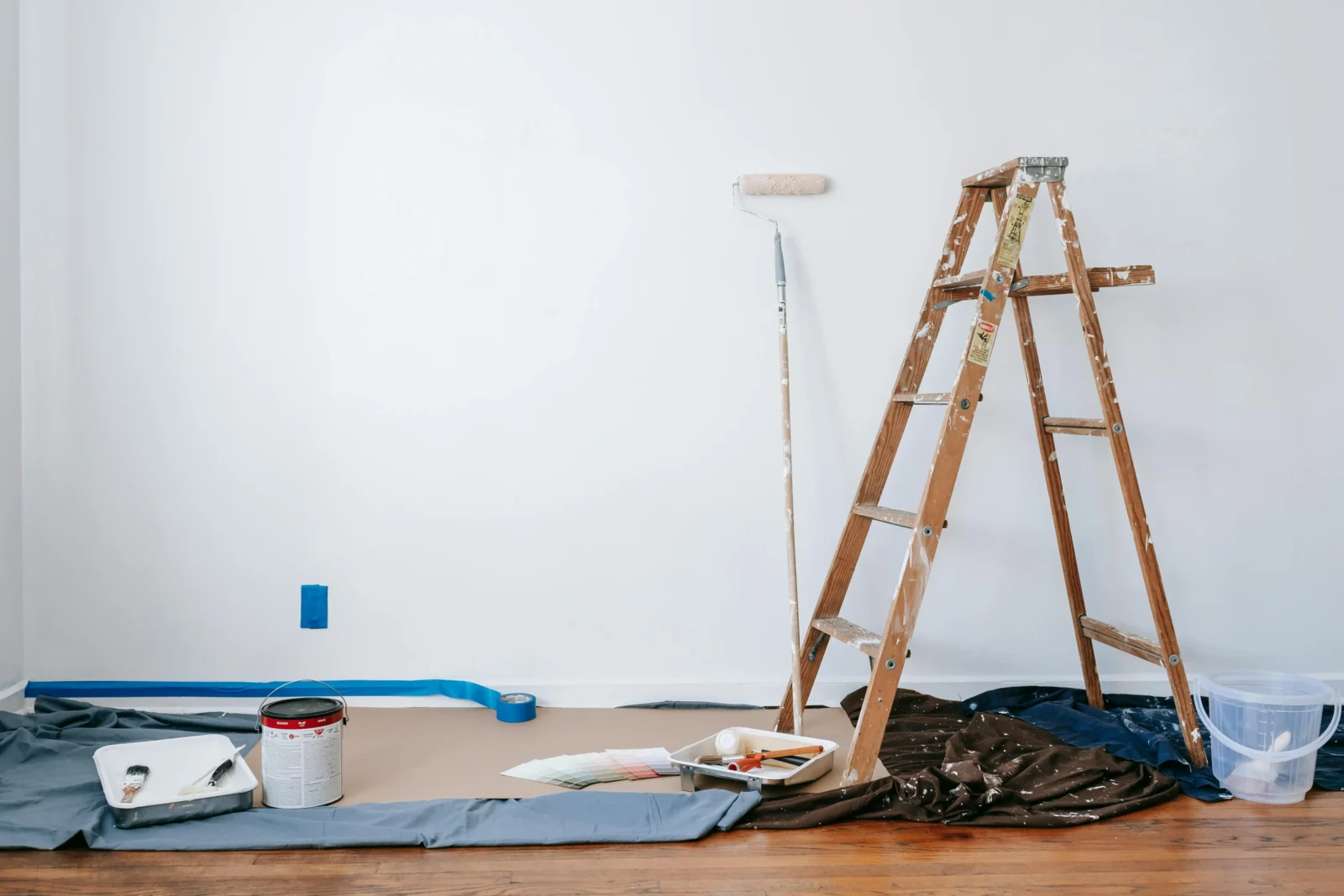
Leave a comment